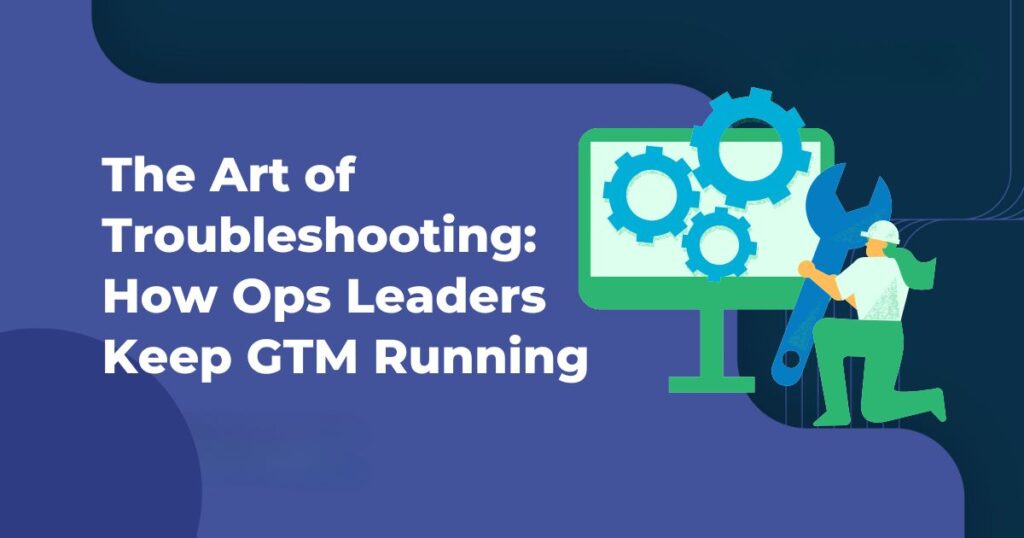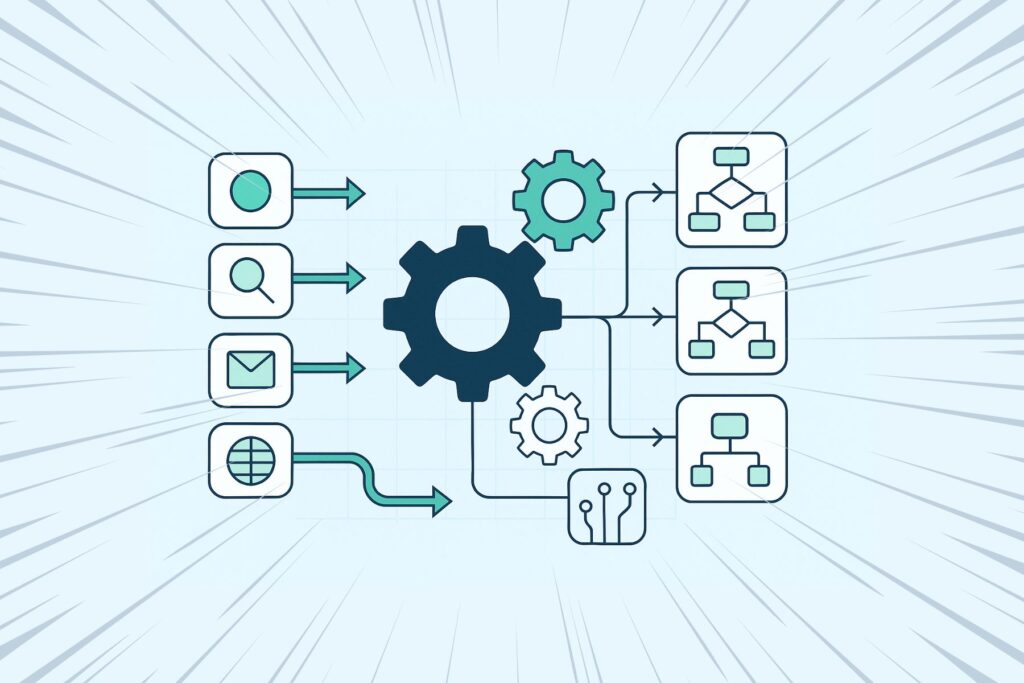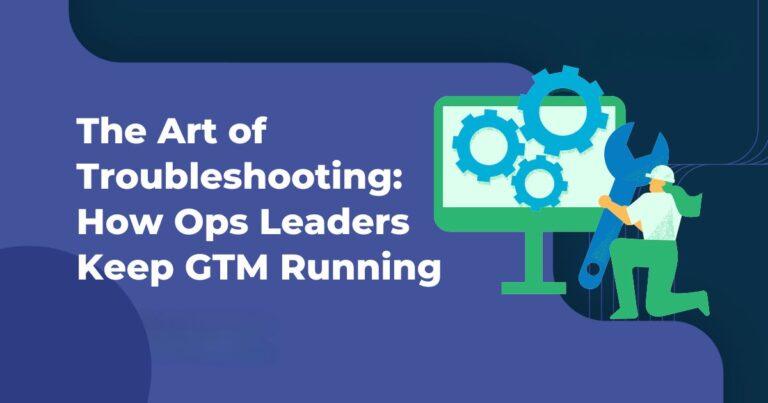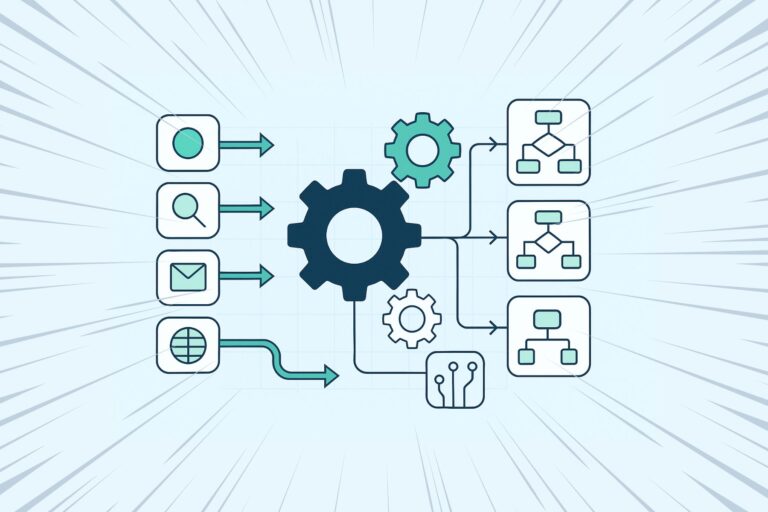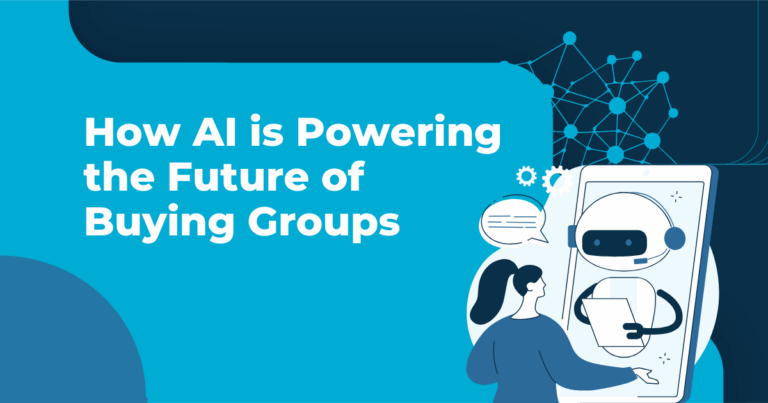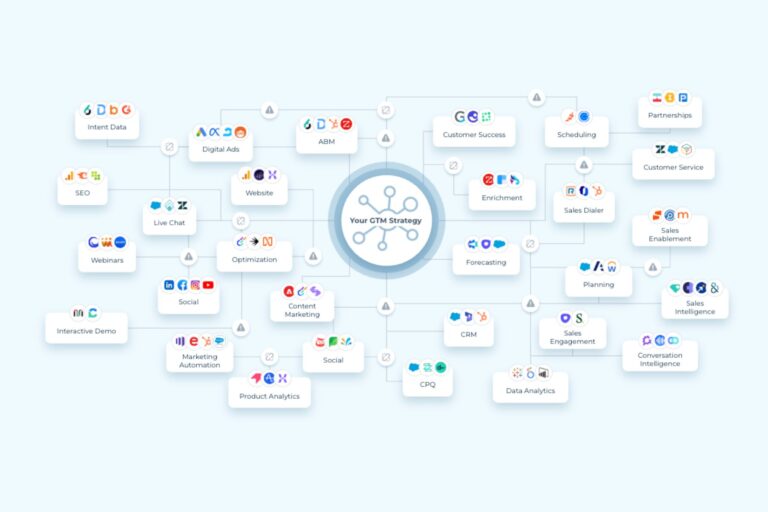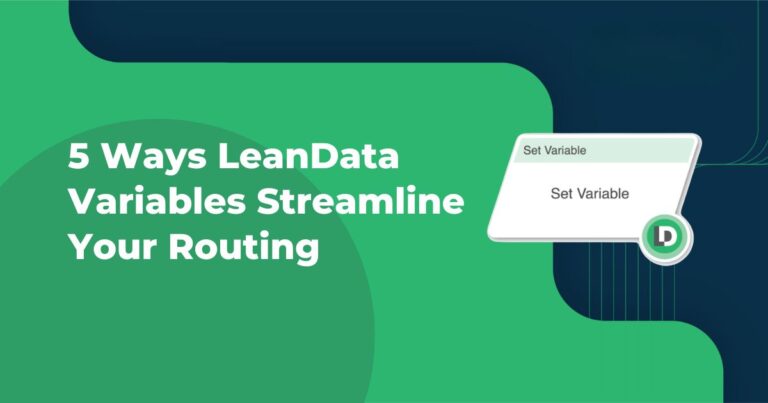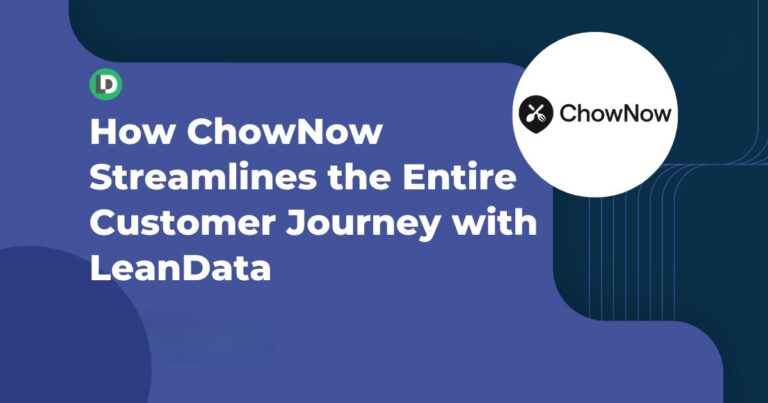- Platform
Use Cases FunctionsPlatform
- Why LeanDataWhat makes LeanData different
- Products OverviewDiscover modern Revenue Orchestration
- IntegrationsConnect signals to plays
- PricingPlans for every company
- Customers
- Partners
- Become a PartnerTeam up with LeanData
- Technology Partner DirectoryDiscover ISV solutions to fit your needs
- Solutions Partner DirectoryConnect with our network of authorized Service Integrators
Featured PartnersLearn About Our Partners
LeanData’s integration with Salesloft allows a user to route prospects to the right reps.

Slack has transformed business communication– it’s the platform where work can happen.

Expertly target and engage high-value accounts when they’re ready to buy.

LeanData’s integration with Outreach allows a user to route prospects to the right reps.
- Resources
Learning Support
- Company
- About UsLearn more about us and our mission
- NewsroomKeep up with what’s new at LeanData
- EventsStay up to date and network with industry professionals at our upcoming events
- CareersJoin the LeanData team
- Contact UsGet your questions answered - contact us now
In the Spotlight
The Go-to-Market Orchestration Blog
Timely and topical insights to move your revenue team forward
Blog
The Art of Troubleshooting: How Ops Leaders Keep GTM Running
The difference between firefighting and flawless execution? Mastering the art of troubleshooting to keep GTM systems running smoothly.
Showing 1-12 out of 271 found articles
The Art of Troubleshooting: How Ops Leaders Keep GTM Running
The difference between firefighting and flawless execution? Mastering the art of troubleshooting to keep GTM systems running smoothly.
Fixing GTM Cracks: Join LeanData at Inbound 2025
Is your HubSpot and CRM setup creating GTM chaos? Discover how Ops leaders tackle the two-system challenge and build a GTM execution framework that scales.
Your Guide to the GTM Orchestration Maturity Model
The GTM Orchestration Maturity Model reveals where your strategy stands today and the exact steps to take it to the next level.
Scaling Enterprise GTM Execution without Slowing Down
Growth adds complexity. Here’s how GTM leaders keep execution fast, precise, and aligned even as enterprise teams and processes expand.
How AI is Powering the Future of Buying Groups
AI is changing how GTM teams identify, track, and engage with buying groups. Here’s how LeanData’s latest AI capabilities lead the way.
Buying Groups vs. ABM: What’s the Difference?
Understand the difference between Buying Groups and ABM, and learn how to choose the right strategy for your go-to-market team.
Inside the Framework for Intelligent GTM Orchestration
Learn how enterprise leaders are using intelligent GTM orchestration to align teams, automate workflows, and drive consistent revenue growth.
How Marketing Ops Led a GTM Transformation at Palo Alto Networks
Discover how Marketing Ops at Palo Alto Networks led a GTM transformation that boosted conversions, pipeline, and executive buy-in.
5 Ways LeanData Variables Streamline Your Routing
Think your LeanData graph is fully optimized? LeanData variables could be the simplest unlock for cleaner, faster, more scalable logic.
Buying Groups: The Missing Link in ABM Execution
You spent big on ABM tools, but opportunities still stall? Buying Groups may be the missing link between strategy and revenue.
How to Modernize Insurance Quote & Claim Distribution
Still routing insurance quotes and claims manually or through outdated systems? Discover a faster way to modernize without ripping out your CRM.
How ChowNow Streamlines the Entire Customer Journey with LeanData
ChowNow built a high-speed, high-precision revenue engine using LeanData—and the results changed how they sell, route, and onboard customers.



